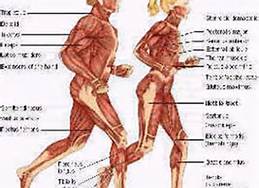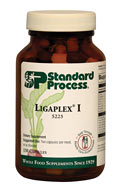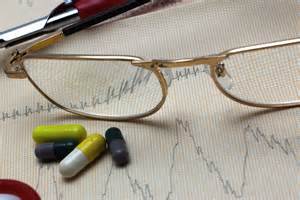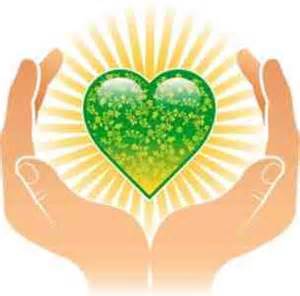Musculoskeletal Disorders

|
nothing else matters at all." Augusten Burroughs |
Musculoskeletal disorders are among the most common of human complaints. They affect all age groups and frequently cause disability, impairments, and handicaps. They consist of a variety of different diseases that cause pain or discomfort in the bones, joints, muscles, or surrounding structures, and they can be acute or chronic, focal, or diffuse.
Approximately 33 percent of U.S. adults are affected by musculoskeletal signs or symptoms, including limitation of motion or pain in a joint or extremity. In one study of Detroit residents who kept track of daily health symptoms in a diary, musculoskeletal symptoms constituted the most frequent category of health symptoms. The prevalence of musculoskeletal disorders generally increases with age, with the majority of persons aged seventy-five and over having some form of musculoskeletal disorder, especially arthritis.
Not only are musculoskeletal disorders highly prevalent, but, because of their association with aging, they are likely to become more prevalent as the population ages throughout the world. All racial groups are affected. While many of these disorders are not devastatingly disabling to affected individuals, their prevalence is so great that more mobility and other limitations are accountable to these disorders than to any other type.
- Joints
- Bursa and Tendon
- Muscles
- Bones
- Pinched Nerve
Contained within the broad category of musculoskeletal disorders are a number of specific diseases and causes of pain, several of which affect a large percentage of the population:











